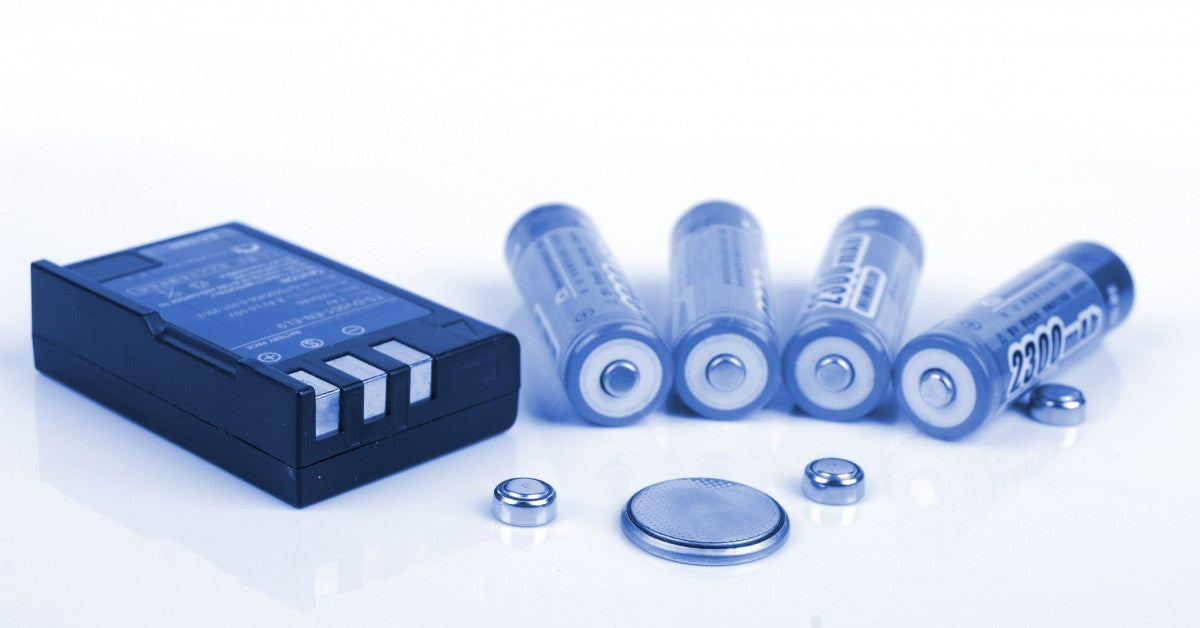Technology is a fundamental part of our daily lives, and lithium-ion batteries power many of the gadgets we depend on. No matter which device you need to power, these batteries are ideal.
Many people are unaware of how to care for these batteries in order to maximize their lifespan and performance. We’ll discuss the dos and don’ts of lithium-ion battery care.
Understanding Lithium-Ion Batteries
Unlike older battery technologies, lithium-ion batteries are rechargeable, lightweight, and have a higher energy density. This excess power capacity means they can store more charge in a smaller space, making them ideal for portable electronics. Additionally, they have no memory effect, which allows them to be recharged at any time without losing capacity.

The Importance of Regular Charging
One of the simplest yet most effective ways to extend the life of your lithium-ion batteries is with regular charging habits. Contrary to popular belief, you don’t need to wait until your device is completely drained before recharging. In fact, frequent partial charges are better for lithium-ion batteries. Keep the battery level between 20 and 80 percent in order to preserve battery health.
Overcharging can stress the battery, leading to capacity loss and shortened lifespan. Modern devices have built-in mechanisms to prevent overcharging, but it’s still a good practice to unplug your device once it charges fully.
Avoid Extreme Temperatures
Temperature plays a critical role in the health of lithium-ion batteries. Exposure to extreme heat or cold can cause irreversible damage. For example, leaving your smartphone in a hot car or using your laptop in freezing temperatures can accelerate battery degradation. Ideally, keep your devices in a moderate temperature range, typically between 32 and 95 degrees Fahrenheit (0 and 35 degrees Celsius).
If you notice your device gets hot during use, there could be an underlying issue. In such cases, allow it to cool down before continuing to use it. Similarly, avoid charging your device in extremely cold conditions, as this can lead to inefficiencies and potential battery damage.
Use the Right Charger
Mismatched chargers can cause overcharging, overheating, and even permanent damage to the battery. Always use the charger that came with your device or a certified replacement recommended by the manufacturer. Carefully choosing the charger ensures that the voltage and current are compatible with the battery specifications.
Third-party chargers may be tempting due to their low cost, but they often lack the safety features your device needs. Investing in a quality charger not only protects the device’s battery but also supports reliable and efficient charging.

Store Batteries Properly
Proper storage is another essential aspect of lithium-ion battery care. If you need to store a device or standalone battery for an extended period, keep it in a cool, dry place. Also, avoid full discharge before storage. Instead, aim for a 50 percent charge to maintain the battery’s condition for future use.
For devices with removable batteries, it’s a good practice to remove the battery if you won’t be using the device for a while. Find an ideal storage location to prevent draining and damage. Regularly check stored batteries and recharge them to maintain optimal charge levels.
Monitor Battery Health
Many modern devices have tools to monitor battery health and provide valuable insights into the battery’s condition, including charge cycles, capacity, and health status. Regularly checking this information keeps you informed about the battery’s performance and helps you identify abnormalities.
If your device doesn’t have built-in monitoring tools, apps and software options are available to help you track battery health. Staying proactive and informed allows you to take necessary actions to preserve battery life, such as adjusting charging habits or seeking professional assistance.
Avoid Complete Discharge
While lithium-ion batteries don’t suffer from the memory effect like older battery technologies, allowing them to discharge completely can still cause damage. Deep discharges can lead to capacity loss and shorten the battery’s lifespan. Recharge your device before it reaches critically low levels, ideally around 20 percent.
If your device shuts down due to a low battery, charge it as soon as possible. Leaving it in a discharged state for an extended period can make it difficult to recharge and potentially lead to permanent battery damage.
Update the Software
Software updates often include optimizations for battery performance and efficiency. You’ll benefit from the latest improvements by keeping your device’s software up to date. Manufacturers frequently release updates to address known issues and enhance battery management.
Regularly check device settings for software updates, and install them promptly. Doing this can positively affect your device’s battery life and performance.
Use Battery Saver Modes
Many devices have built-in battery-saver modes that extend battery life by reducing power consumption. Enabling these modes can help you get the most out of the battery, especially during times when you can’t recharge the device. Battery-saver modes limit background processes, reduce screen brightness, and adjust performance settings to conserve energy.
Familiarize yourself with your device’s battery-saver options, and use them when needed. While these modes may reduce performance or limit certain features, they can be helpful when your device is running out of juice.
Manage Background Apps
Background apps and processes can drain a device’s battery more quickly than you might realize. Regularly check and manage which apps are running in the background, and close ones you aren’t using. Killing running processes not only conserves battery life but also improves device performance.
Many devices have settings to control background app activity. Take advantage of these features to optimize battery usage. By managing background apps, you can extend battery life and ensure your device runs smoothly throughout the day.
Optimize Screen Settings
The screen is one of the most significant power consumers on any device. Optimizing your screen settings can positively affect battery life. Start by adjusting the screen brightness to a comfortable yet energy-efficient level. Many devices also offer adaptive brightness settings that automatically adjust based on ambient light conditions.
Additionally, consider using dark mode if your device supports it. Dark mode reduces power consumption on OLED and AMOLED screens by displaying darker pixels. Reducing screen timeout settings can also conserve battery life by turning off the screen when not in use.
Keep Your Devices Powered Longer
Lithium-ion battery care doesn’t have to be complicated. With these dos and don’ts, you can help your devices stay powered for a long time. Each small step, from maintaining regular charging habits to optimizing screen settings, contributes to the health and lifespan of your device’s batteries.
A little effort goes a long way in preserving the performance of your gadgets! At PowerHouse Lithium, our 16v lithium deep cycle batteries won’t let you down when it matters most. Discover the best batteries at affordable prices today!

